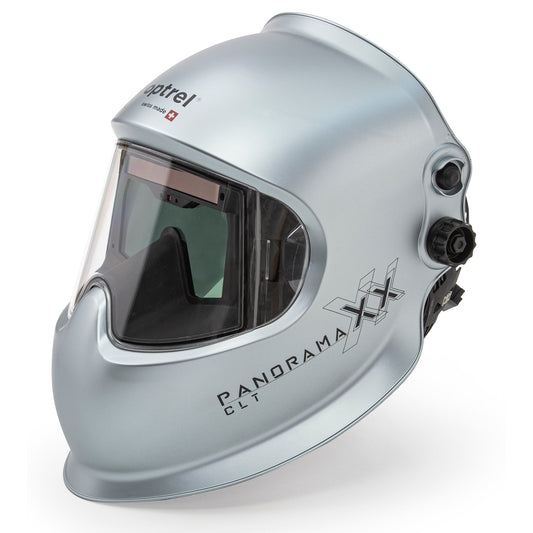I don’t know about you, but I’m terrible at math.
Not so much computational math – that good ole reading writing and arithmetic type of math. But when it comes to angles and proofs and theorems and all that X = Y jazz, I’m totally lost! I made it through four years of high school math, but nearly jumped off a bridge as a result of slogging away at Trigonometry and Pre-Calculus in my senior year.
Math, however, contrary to all those bold proclamations from a seemingly endless train of high school students, is really quite important in many skilled trades, particularly welding.
What (and how much) Math do You Need as a Welder?
If you’re a serious welding student with aspirations of working a professional welding trade, the reality is you need math knowledge and skills, and the more, the better.
The Basics – Fractions and Decimals
A variety of basic welding applications, whether you’re working in construction or fabrication, require a rudimentary understanding of measurements to accurately size, cut and fit metal and other materials. And measurements are all based on computational fractions, which may also, in certain situations, need to be converted to decimals.
Reading and understanding blueprints and schematics, which you will probably be called upon to do quite frequently, working in both construction and fabrication, requires a general knowledge of fractions and decimals in order to understand how measurements breakdown and apply to the structures or item you’re building.
Geometry
Several basic tenets of geometry, including understanding, calculating and measuring angels, measuring and calculating area and volume of a variety of shapes, and calculating radius (distance from the center of a circle to one side), diameter (distance from one side of a circle across to the other) and circumference (distance around the outside of a circle) of round or circular objects are all important skills for any welder.
Obviously forming joints is a huge part of welding, and joints form angles, and angles are prime time in geometry.
Understanding how to use drafting tools like angles (usually clear plastic triangular shaped instruments, 90 & 60 degree angles being the most common) and a compass are both helpful when constructing joints to help make sure they’re square, and determining the radius, diameter and circumference of a circle.
Trigonometry
While we’re getting up into some pretty high math when it comes to Trigonometry, many welders agree that at least a basic understanding of trig, including sine, cosine and tangent, is an invaluable tool when it comes to problem solving, particularly in calculating angles and the length of each side in a particular shape you’re trying to replicate.
Additionally, calculating volume and area, calculating degrees and understanding formulas are all important skills for welders, which happen to be rooted in trigonometry.
Volume and Area
Calculating area and volume area are components of both geometry and trigonometry.
Important welding related calculations include:
- Calculating weld volume – Area of Segment (weld reinforcement) which defines the rounded “reinforcing” cap placed on a join weld
- Calculating pounds of steel required to effectively reinforce a joint
- Estimating the materials required for a project
- Determining the volume of materials able to fit in a given size area
Formulas
A basic understanding of formulas is important for solving geometric equations necessary to replicate certain shapes, in addition to calculating volume and reading formulas related to welding gases –- a seasoned welder can easily determine the effect of temperature changes relative to changes in pressure based on a formula.
A Calculator is a Great Tool, Except When it’s Not
A calculator is undoubtedly an important tool for welders, but what if you’re out in the field doing repairs or on a construction site and you don’t have a calculator handy?
Learning to write out long form computations and equations is an invaluable skill that will not only help you when your calculator is out of reach, but also provides a better illustration of a particular scenario or problem you’re trying to work through. When your seemingly annoying high school math demanded you “show your work,” it’s not because they wanted to be annoying (well maybe not…?), it’s because they wanted you to have the ability to work through a particular problem so you could apply the same process in the future.



